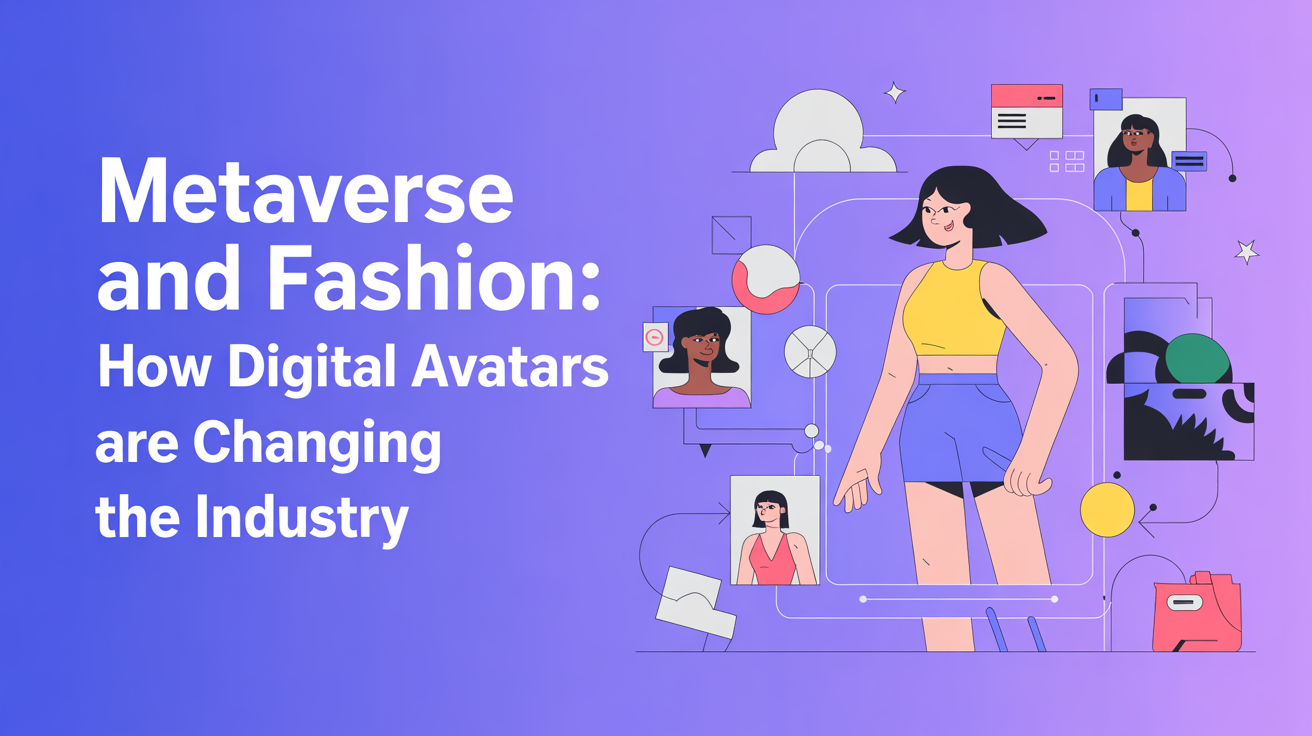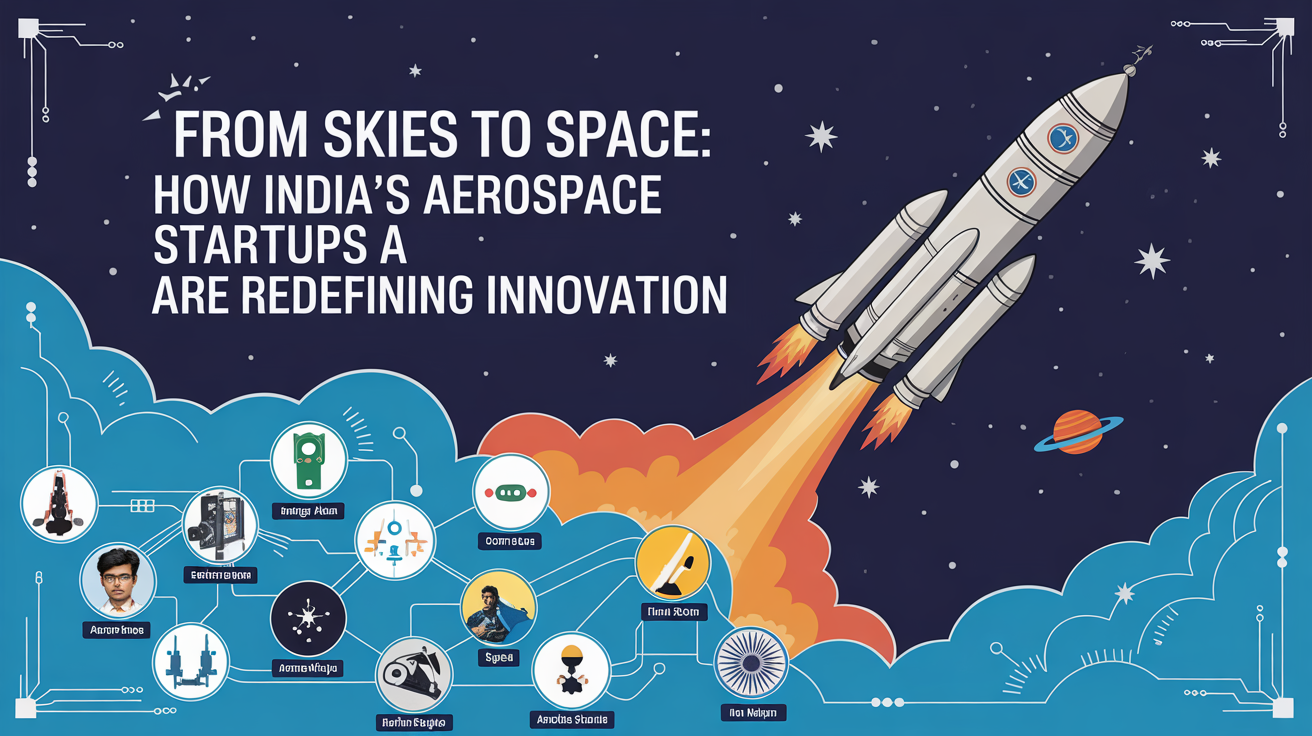The digital avatar is not just an addition to reality anymore—it somehow has created a space of its own. Fashion has once again barged in gleefully since it is such a fast-paced industry. Welcome to the era of virtual fashion, where digital avatars, virtual wardrobes, and blockchain-wear named are redefining the meaning of dressing up. In this blog, we delve into how digital avatars spark innovation while opening new markets and changing the way we express ourselves.
Also read: Sustainable Fashion: Making Conscious Choices for Your Wardrobe.
What is the metaverse?
Moreover, in simple terms, a metaverse stands for a real-time shared virtual space where users interact with each other within digital environments. In other words, it is the immersive version of the Internet, a three-dimensional, commercially enabled world in which people 3D avatars could work, play, socialize, and shop.
Meta, Microsoft, Apple, and Roblox, the gaming platforms, are all building part of this interconnected digital universe. And what is the ever-so-juicy part about this new universe? Fashion.
Bridging Fashion and the Digital Sphere
In the real world, fashion is expression; in the metaverse, it works the same way. The outfit you choose for your avatar becomes your digital signature. What your avatar wears makes a statement about you-whether in a virtual concert, calling it an NFT art gallery, or just chilling in the game world. Here, digital fashion thrives.
What Exactly Is Digital Fashion?
Digital fashion is clothing that is created via 3D software for the use of avatars or visual effects in photographs or videos. These garments are not made of fabric; they exist solely as digital files. They do have monetary value, however, and some of them have sold for hundreds or even thousands of dollars.
Read our Blogs: Revolutionizing the Textile Industry with Natural Dyes and Sustainable Fabrics
How Digital Avatars Are Changing the Fashion Industry
- New Revenue Streams
Digital fashion opens doors to new avenues for designers and brands for income generation:
- Drop magic: brands release limited edition collections that are available for avatars to purchase.
- NFT fashion: where the outfit is embedded in a non-fungible token (NFT), thus proving its ownership and authenticity.
- Try-before you buy: buying physical clothes with help from virtual outfits- in other words, previewing the look can help before purchasing the physical version.
2. Freedom from Creativity Constraints
- There is no holding back in the metaverse for gravity-defying gowns- and those glowing jackets and outfits morphing and shifting things that would become physically impossible or cost-prohibitive in the real world.
- More than that, it encourages experiments in boldness and supports young novice designers from high production costs of physical clothing.
3. Sustainable Fashion Practices
- Although digital clothing produces no fabric waste, no water or chemicals are part of their makeup, nor does their story end with fast-fashion-caused pollution: for consumers who need to be freed from environmental damage as they express themselves, digital fashion is attractive.
- It is also bringing AR into action. Brands can now let users ‘wear’ their digital outfits before buying them as photos and videos instead of one-time-use clothing under social media culture.
Read Similar Blogs: Corrugated Boxes with 4-Color Printing: A Sustainable Solution.
Fashion in Gaming and Virtual Worlds
Games are probably the oldest metaverse stages and also among the earlier ones. While playing games such as Fortnite, ROBLOX, and The Sims, avatars wear famous outfits branded from streetwear to luxury brands. A few brands even organize fashion works in these digital spaces.
Example:
- Balenciaga partnered with Fortnite to drop a collection of digital outfits and real-life merchandise.
- Gucci built a virtual garden in Roblox, letting users discover the brand’s history while buying unique items.
- Nike developed Nikeland, a virtual section in Roblox where users can enjoy games and fit Nike.
Digital Fashion Shows
Fashion weeks are going virtual, too. In the metaverse, brands can host interactive digital runway shows that anyone in the world can attend using their avatar. These shows often feature:
- Avatar models wearing 3D designs
- 360-degree runways inside virtual buildings or landscapes
- Instant purchase links for digital and physical items
Avatars as Brand Ambassadors
Brands have started either to create or to partner with so-called Virtual Influencers: digital avatars that model clothes, post content, and even collaborate with brands. Famous examples are:
- “Lil Miquela” – a virtual influencer with millions of followers.
- “Shudu” – the first digital supermodel in this world.
- “FN Meka” – a controversial AI rapper, avatar-style.
They wear digital fashion in posts, act as brand ambassadors, and influence trends, all without needing makeup or a photoshoot.
Roadblocks for Metaverse’s Fashion
Not all is rosy for the integration of fashion in the metaverse. Here are a few roadblocks:
1. Digital Divide
Not everyone has access to high-speed internet, gaming consoles, or VR headsets, and this limits who can participate;
2. Interoperability
Another big issue is the fact that clothes bought in platform A do not work in platform B. Fashion has to move across platforms for the metaverse to flourish;
3. IP Issues
As digital fashion expands, a lot of questions arise about design copying, digital theft, and lack of clear ownership rights.
4. Environmental issues caused by NFTs
Even though the wastage caused by digital fashion is low, some of the NFT platforms are energy-consuming. There is a need for a sustainable blockchain.
The Future: Hybrid Fashion
Fashion is likely to exist as a big combination of physical and digital. Some aspects include:
- Phygital fashion: An actual jacket you buy that matches an NFT for your avatar.
- AR fashion: Wearing real-world digital clothes through AR glasses.
- Virtual fitting rooms: Trying garments digitally prior to ordering.
Fashion brands are working on wear-to-earn models in which users earn points or crypto rewards for wearing branded outfits in the metaverse.
Final Thoughts
The metaverse is not a trend but a serious evolution in how we choose to interact, express ourselves, and get dressed. Fashion is increasingly creative, inclusive, and sustainable, with digital avatars at its hub. Resistance is futile, as technology continues blurring the lines between real and virtual; the outcome is apparent: the future of fashion won’t just be on the runways but also on screens, in games, and alongside the digital universe. Dressing your avatar or collecting fashion NFTs is not a trend; it is the next level of style.










